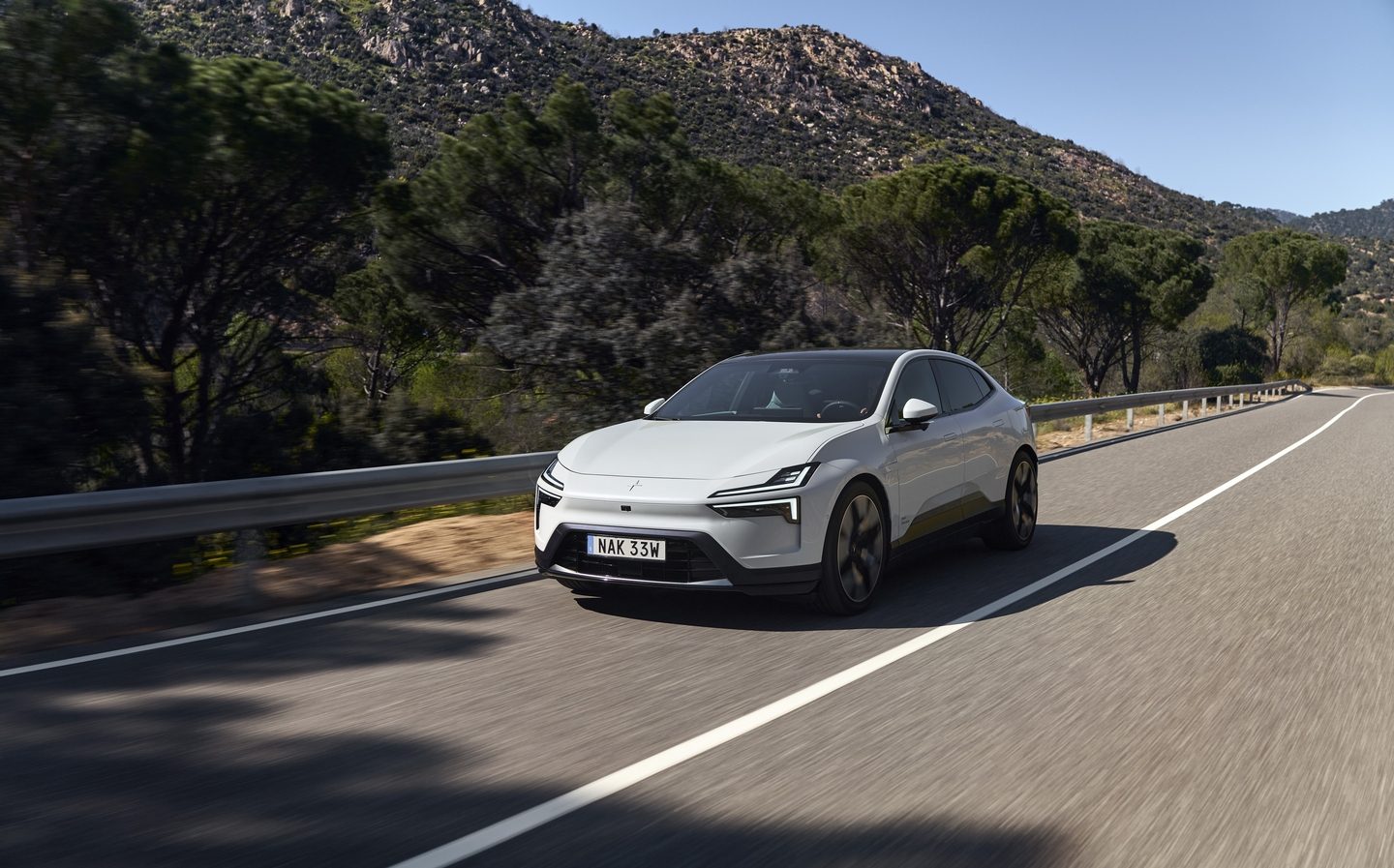Polestar 4 second look: The sleek antidote to toxic Tesla
You won't look back, reckons Alexis Conran
Sales of Tesla cars across much of Europe are tumbling. This may have something to do with CEO Elon Musk’s plunge into US politics, under Donald Trump. In the last few months, Musk has called for Sir Keir Starmer’s resignation and expressed support for Germany’s far-right Alternative for Germany party.
According to reports, in January, Tesla sales dropped 12 per cent in the UK, more than 40 per cent in the Netherlands, Sweden and Norway, 60 per cent in Germany, 63 per cent in France, and a massive 75 per cent in Spain, compared with the same month in 2024.
So, if you are tempted by the Tesla Model Y but don’t want to give your money to Musk, then the Polestar 4 could be a great option.
First up, it’s one good looking car. Polestar describes it as a “performance SUV” and an “innovative coupé”. I think I know what it is getting at. It’s not really a sport utility vehicle because it’s quite low and you don’t get that high driving position that comes with proper SUVs. It’s also not a third-generation VW Scirocco (showing my age here), as it is — thankfully — much larger, but it does have similar sports coupé looks.
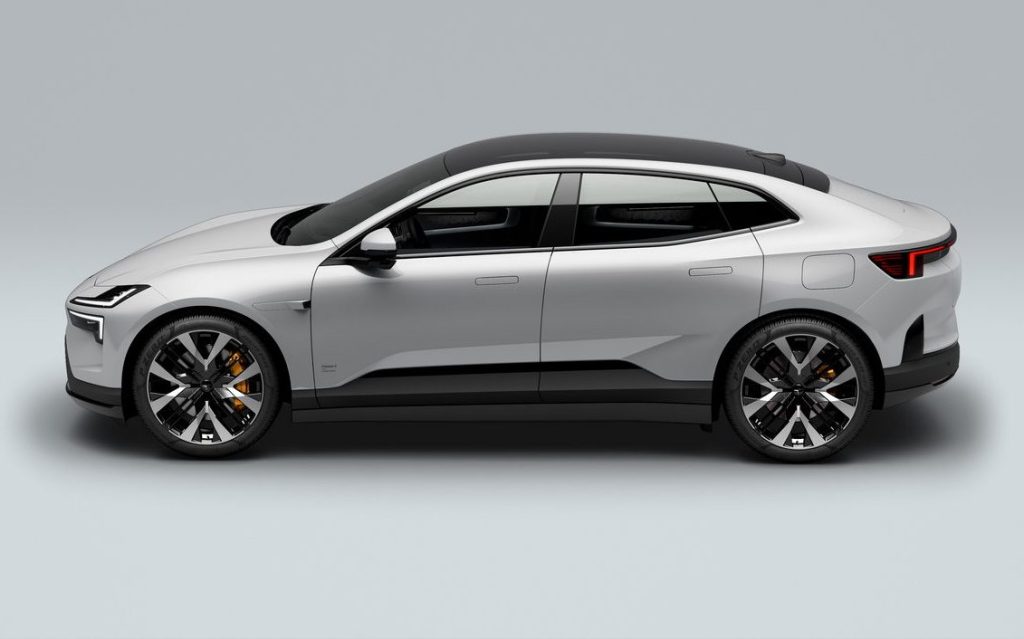
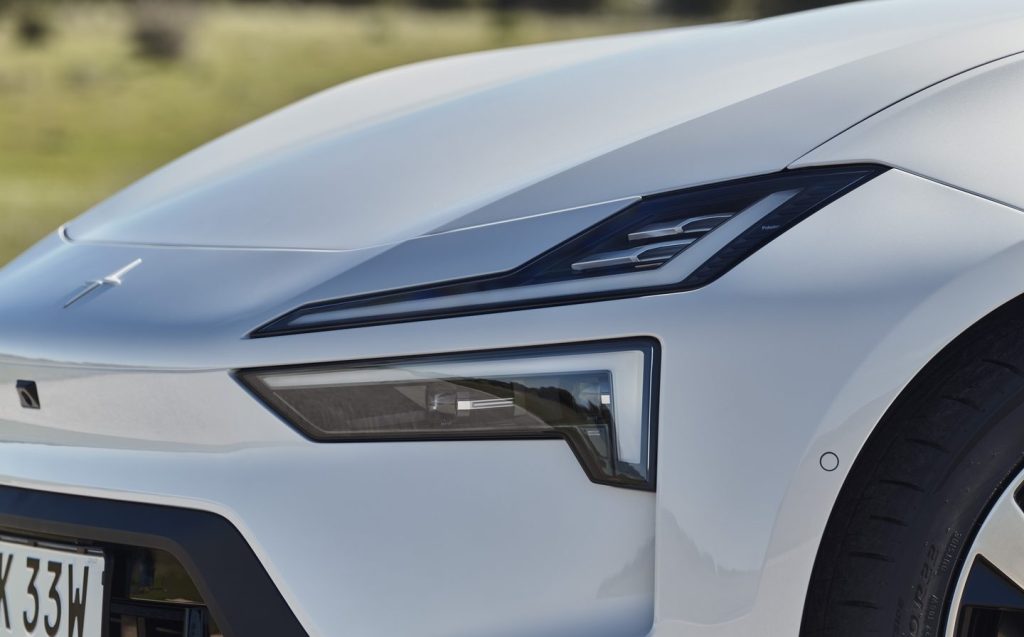
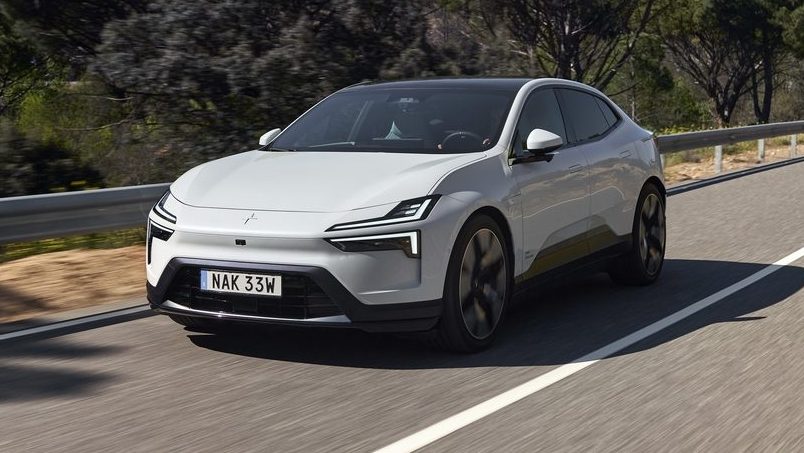
Weirdly, Polestar made the bold decision to do away with the rear window. It says this creates a more aerodynamically efficient rear end and helps improve the space in the back. This does give the car a super sleek rear end that slopes gradually, giving it an essence of being built for speed. Personally, I would put it more alongside some of the great GT cars — think Porsche Panamera but not as long.
I often drive from London to Berlin with my family for the holidays, and it seems the Polestar 4 was made for that journey, thanks in large part to a big battery giving you a 387-mile range (but more on that later), but also because it’s comfortable, luxurious and sporty. It’s travelling in style.
The interior feels expensive, because it is. The Polestar 4 starts at just under £60,000, with the long-range dual motor model from around £67,000. Everything feels solid and built to wear without becoming tatty. There are various choices for interior trim that are quite sporty and feel modern without trying too hard to be cool.
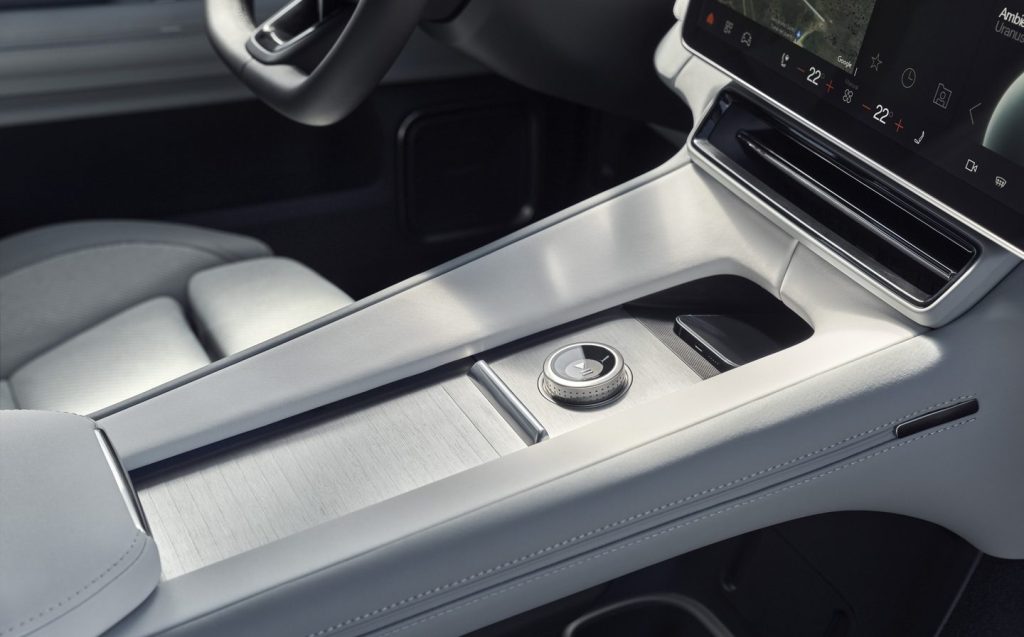
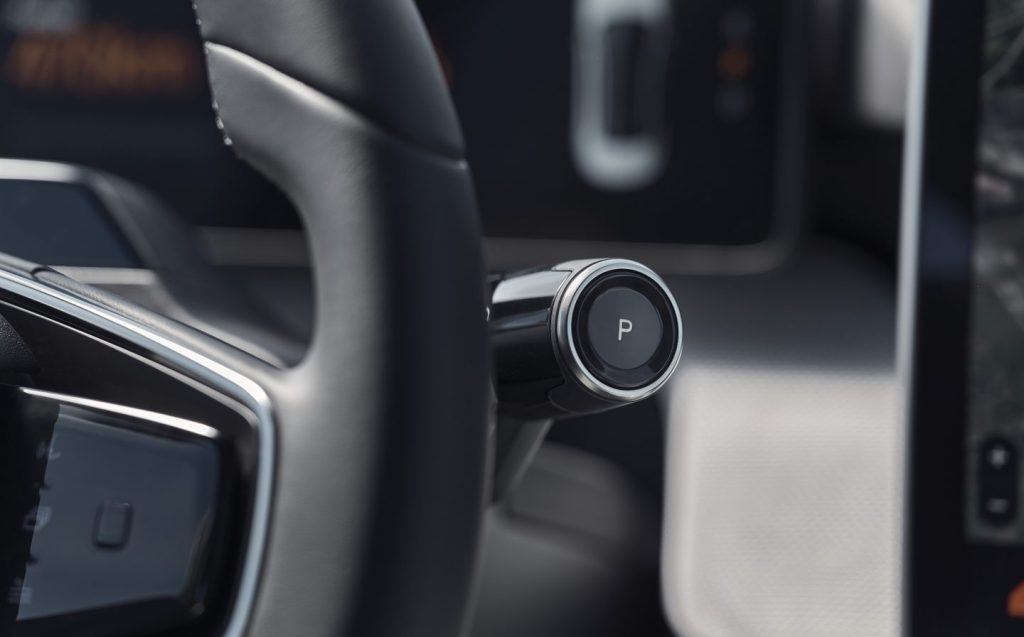
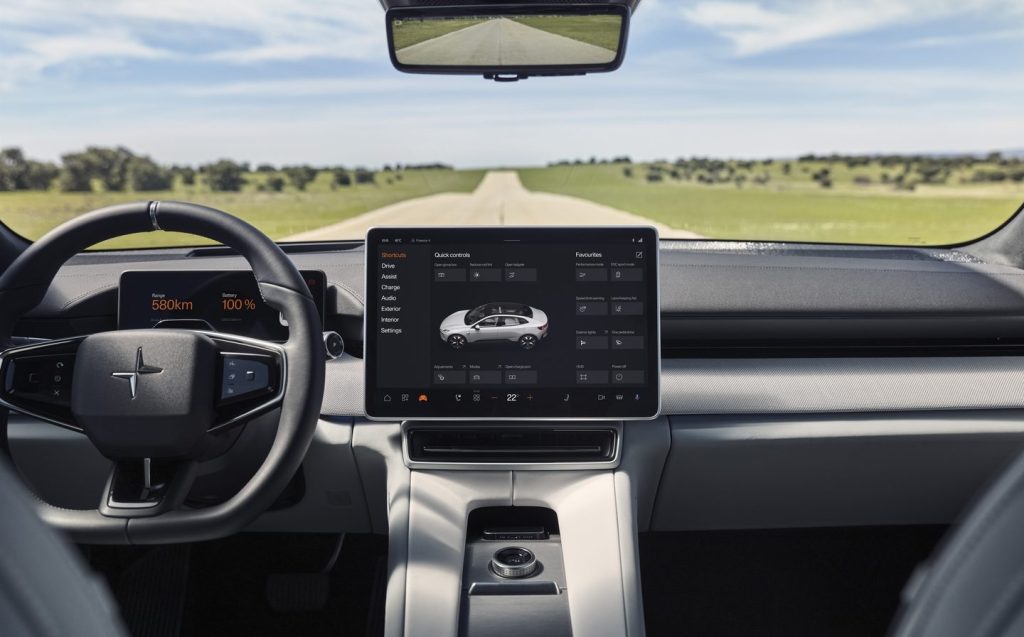
A lot of care has been taken to using recycled plastics and vegan leather, which, like it or not, people who buy electric cars do care about. I really liked the ‘Tailored Knit’ upholstery on the seats and panels, giving the interior a premium, tactile feel. Cars have become so bland, uniform and featureless when it comes to their interior surfaces so it’s great to see some thought given to the feel of the car. It makes you want to run your fingers across the seats and door panels. Feels good.
Getting rid of the rear window would present a problem for rearward visibility if it weren’t for a rear-view mirror that is actually a video screen. The feed is from an HD camera mounted on the back of the roof. Cleverly, the display can switch to an actual mirror if you want to keep an eye on the pesky kids in the back seats on long journeys — a feature borrowed from Land Rover.
Polestar insists that the system makes for safer driving at night, as you get a clearer picture of what’s behind you rather than just two blinding dots. As someone who has to wear reading glasses, it does take a little bit of getting used to as you’re staring at a monitor that is quite close to your eyes, but the truth is you get a much wider and therefore more useful rear view and it only takes about a day before it becomes normalised.
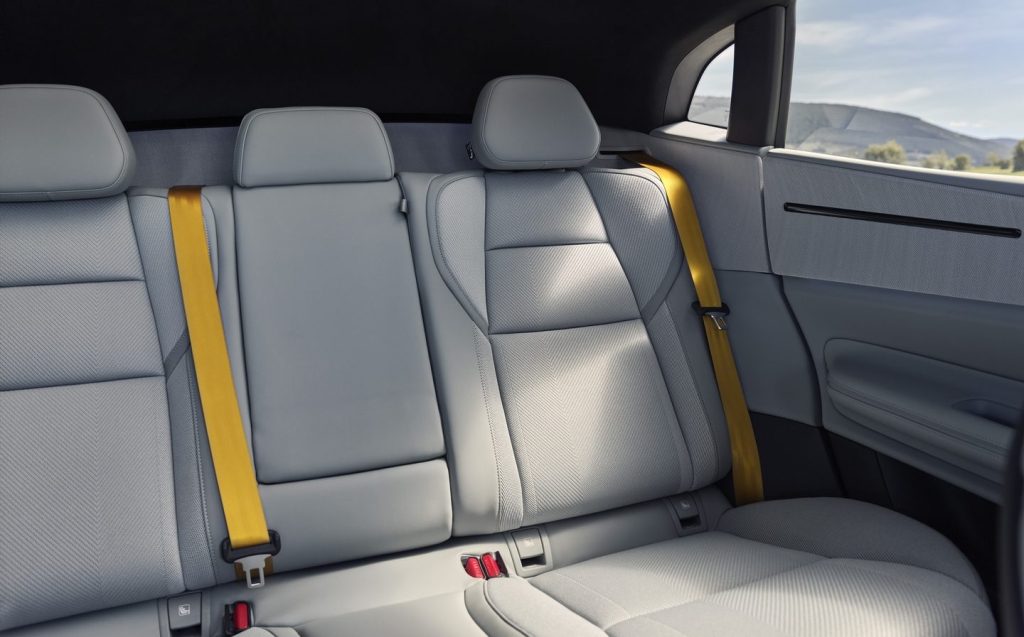
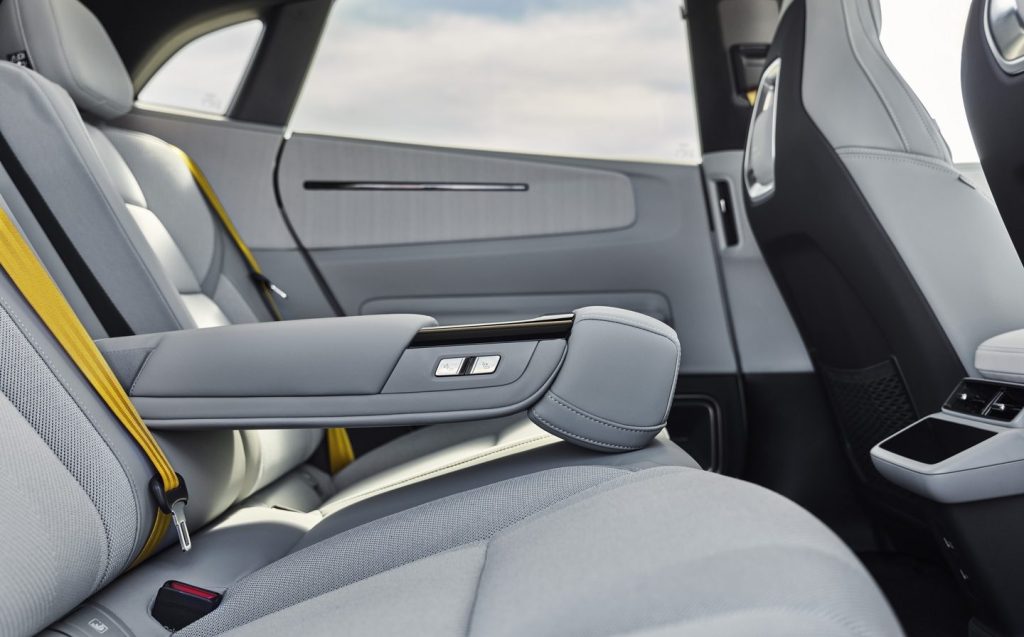
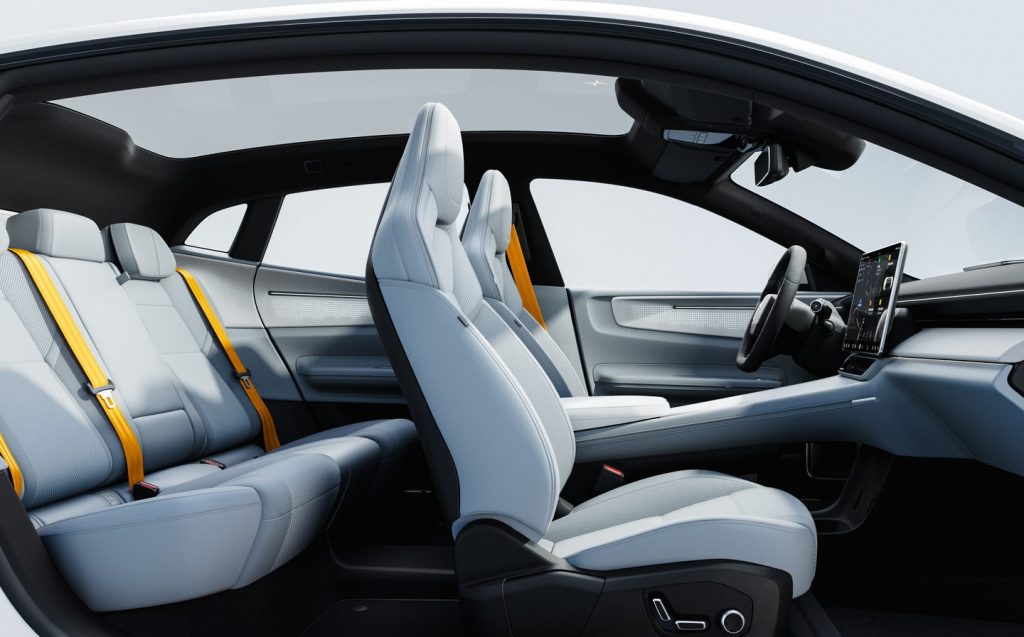
The seats are super comfortable up front with plenty of room at the back for two to travel in style — and three to get there in reasonable comfort. Those in the back also get a touchscreen, with rear climate and entertainment controls.
What makes sitting in the back such a joy, though, is the panoramic glass roof, which comes as standard. It’s huge — the entire roof is glass. Whatever the weather you never feel cooped up in the back. If you are worried about getting too hot, or blinded, on a long drive, a cost option is electrochromic glass (£1,700), which turns the roof from transparent to opaque in an instant.
The boot, meanwhile, is generous but not the biggest in its class at 526 litres. It’s the same as the Audi Q6 e-tron’s and a little smaller than the Porsche Macan EV’s (540 litres), but apparently way behind the Tesla Model Y, which it claims is 845 litres… but Tesla is reportedly measuring to the roof rather than the window line.
To my surprise (and delight), Polestar does offer roof bars as an optional extra, which means you can add a roof box if you really are going to drive across Europe.

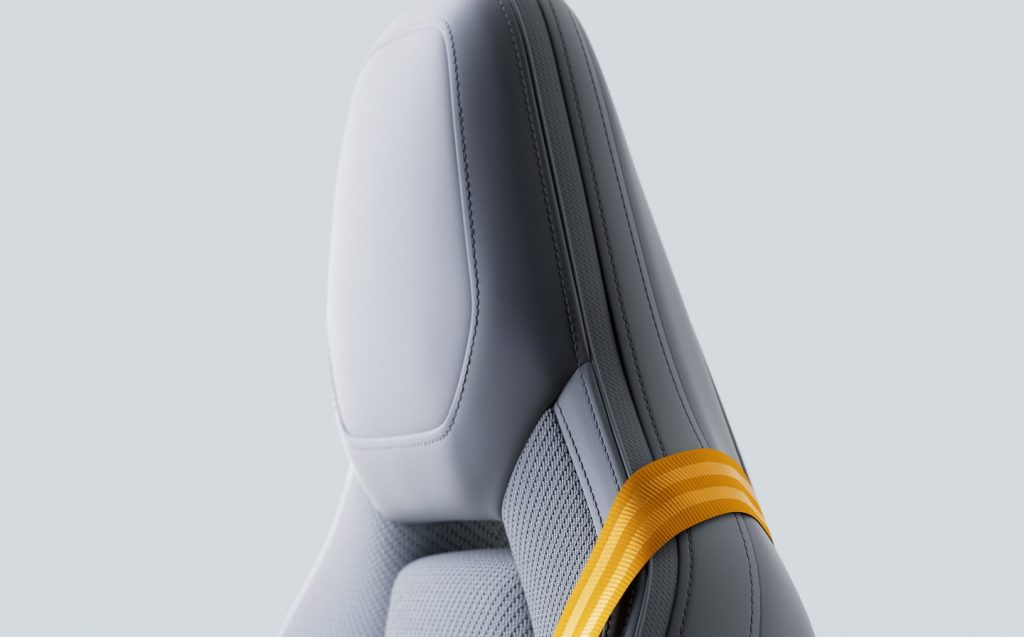
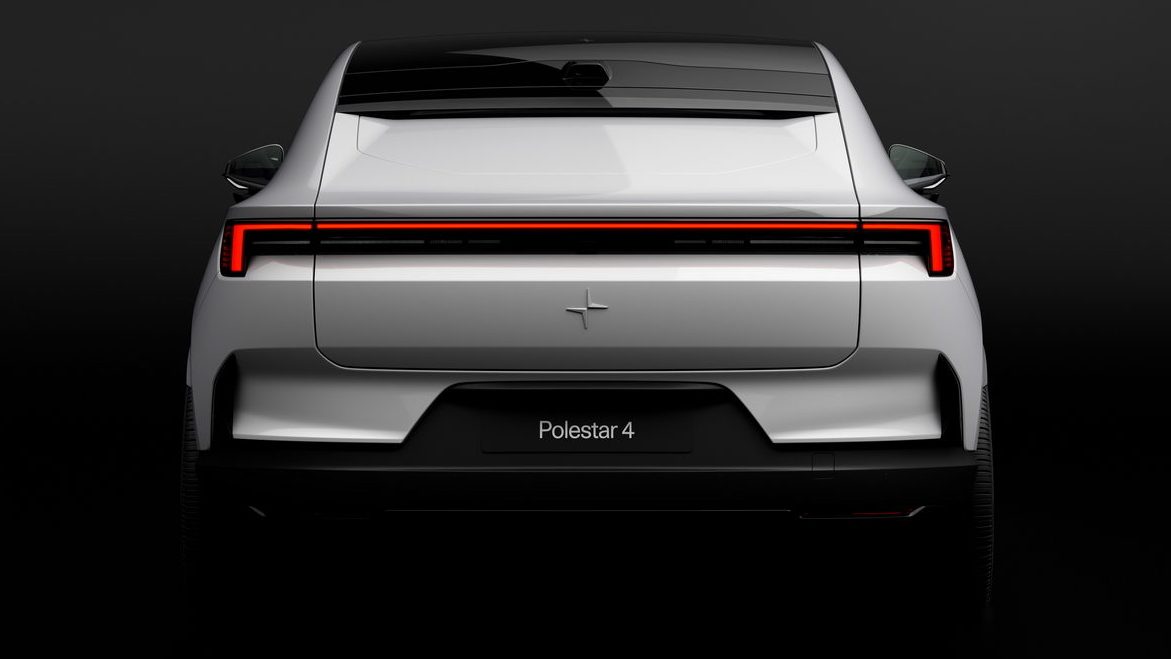
The driver’s seat is perhaps the best place to be. You get a large (15in) central display, as is required these days, but also an additional 10.2in driver display. One of the things I never liked about the Model Y was the fact that you had to always look to the middle of the dashboard for all the information including your speed — which everyone who’s ever driven EVs knows is hard to keep in check because of the ridiculous acceleration they all offer. The instrument display on the Polestar 4 is directly in front of you and has all you need, including Google maps for easy navigation.
There are all the standard tech features you’d expect of a new car — Apple Carplay, Android Auto, DAB radio, but the Polestar also runs Android Automotive as its operating system, which means it’s connected, customisable (like a smartphone, with downloadable apps) and comes with Google Maps built in.
And it’s not just the infotainment system that is customisable; you can set everything from steering weight to acceleration and suspension. Yes, it can be frustrating to have to use the central screen to do everything, from adjusting the steering wheel to the wing mirrors, but once you’ve done it and saved it as your setting you won’t have to do it too often, as all drivers get a profile with their own settings.


Thankfully climate controls which are the most used are constantly on display at the bottom of the screen and easily accessible. Overall interacting with the screen feels intuitive and things you need are easy to find. What is a cardinal sin though, and it is shared with the Model Y, is having to go through the screen to open the glovebox. Come on carmakers, everyone hates this — come to your senses and get rid of it please.
So, what’s it like to drive? Well, once you turn off all the nannying driving assists like lane assist and speed warnings, it is a comfortable and exciting drive. The suspension is surprisingly smooth given the sporty look plus the height and weight of the car. London speed humps were surprisingly a non-issue. The one-pedal drive, which uses the accelerator pedal to both accelerate and slow down, is in my view the best way to drive an electric car. Once you get used to it, you’ll never go back.
The acceleration is ridiculous. Instant power that just keeps piling on until you take your foot off the pedal. It’s an exhilarating feeling. The steering is responsive enough and the car feels like it is glued on the road, so while the Polestar 4 is very comfortable around town, if you find yourself on a winding B-road you’ll be grinning like a Cheshire cat.
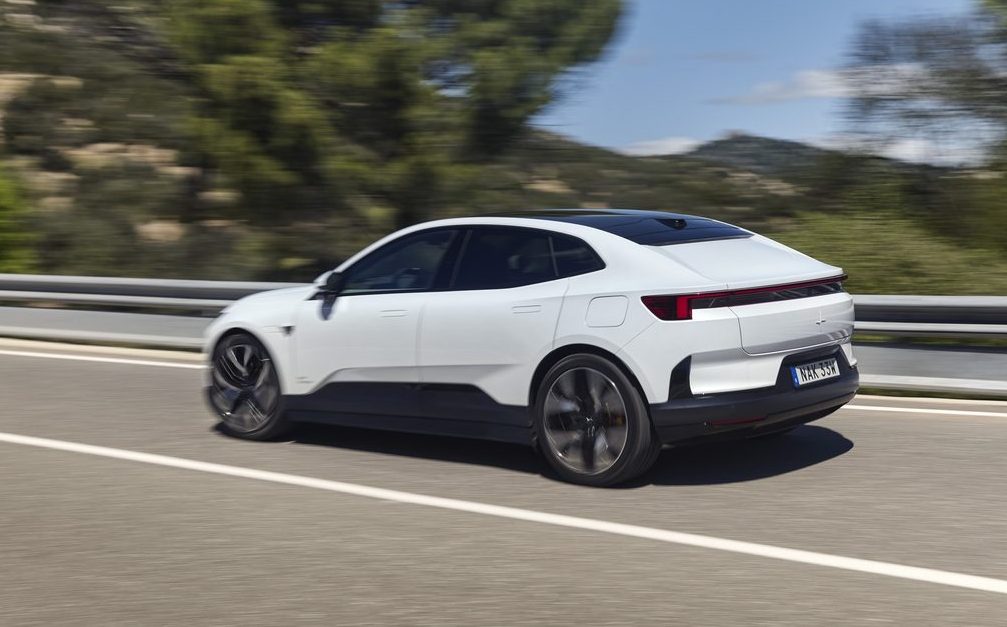
I’d go as far as to say there is a touch of the Mazda MX-5 go-kart feel to it, even though the Polestar is a much heavier car. If you’ve ever driven the MX-5 you’ll know what I mean. And on the motorway it feels equally at home: safe, comfortable and smooth — all you need for a long-distance drive.
Speaking of which, when it comes to range — which has become an obsession for every prospective electric car buyer — you get 385 miles on the long-range single motor car and 367 miles for the long-range dual motor version. I do long for the time when we go back to the days we bought cars without a clue or a care for their range on a full tank but I guess that will only happen when we get to a stage where we can be confident that each fuel station we pull up in has plenty of available and fully working fast chargers.
The Department for Transport has released its latest figures on the numbers of electric vehicle chargers across the country, showing a 37 per cent rise last year, which is good news. However, at just under 75,000 we are still well short of the 300,000 chargers the government has committed to by 2030. Only 20 per cent of existing chargers are rated as “rapid” (50kW or higher) and there is still great disparity in the chargers’ locations — the midlands and north of England are drastically under-served.
Assuming you can plug in en route, though, charging is uneventful. Using a 200kW DC charger you can get from 10 to 80 per cent in 30 minutes, which is fast enough. For home charging you are looking at eleven hours on an 11kW AC charger, while using a 22kW AC “destination charger” (at shopping malls and offices, for example), five and half hours will take the battery from empty to fully charged.
It is clear the Polestar 4 is taking aim at the Porsche Macan EV, Audi Q6 e-tron and Tesla Model Y. The price range is roughly in the same ballpark depending what extras you go for. It is also clear that people are more demanding when it comes to what they get for their money and I think the Polestar 4 offers good value.
Considering that Polestar is targeting the upper end of the EV market, I think prices from £59,990 (and business leases from £377 per month) are reasonable for what the Polestar 4 offers. It may not have the badge of the Porsche or the Audi, and it may not have the interior size of the Model Y, but it offers a sleek and unique design with all the trimmings.
The decision to remove the rear window has been a huge success in my view. It has given more space to the rear passengers, who often have to suffer in exchange for sporty looks, and that in turn has enabled Polestar to install one of the biggest glass roofs I have ever seen in a EV, which makes being in the Polestar 4 a really unique and enjoyable experience.
I have spent some time driving the Tesla Model Y and yes, it’s big and has some fun features. I used to be a fan. But, right now, I would give my money to Polestar and happily drive away in the Polestar 4.
Alexis Conran is a writer and broadcaster who has presented a number of TV programmes about electric cars. He also hosts a magazine show from 1-4pm on Times Radio every Saturday and Sunday.
Chinese car makers
Polestar is a Swedish brand with headquarters in Gothenburg. It is owned by Geely, a Chinese car giant.
Related articles
- Read our first drive review of the Polestar 4 here
- Also check out our review of the Polestar 3, a big sporty, electric SUV that targets Audi, BMW and Mercedes — with a hint of Saab
- And don’t miss this news story about the Polestar 5’s extreme fast charging, which adds 100 miles of range in five minutes
Latest articles
- Denza Z9GT 2025 review: Flawed but sleek 1,062bhp shooting brake from BYD’s luxury arm
- Extended test: 2024 Renault Scenic E-Tech review
- Best-selling cars 2025: The UK’s ten most popular models of the year so far
- Audi A6 Avant 2025 review: Trusty executive estate ticks expected boxes, and there’s still a diesel option
- Keir Starmer eases pressure on carmakers to sell EVs in response to ‘global economic headwinds’
- F1 2025 calendar and race reports: The new Formula One season as it happens
- Ferrari 12Cilindri Spider review: Heady blend of traditional and futuristic becomes even more intoxicating after lid is removed
- Skoda reveals its fastest accelerating production car yet: the electric Elroq vRS
- Carmakers fined £461m in UK and Europe for not competing over vehicle recycling


